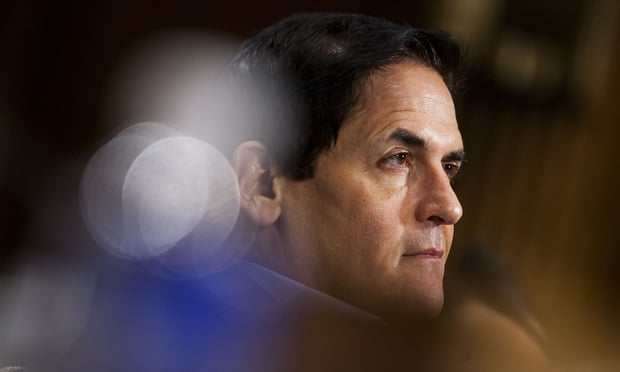The economic gloom and doom rages on, but at least the wave of wellness – and its related financial incentives – is still cresting.
That's the word from the Society of Human Resource Management's latest annual survey of employee benefits. The Colonial Life-sponsored study dropped this week at the human resource group's annual conference in Atlanta.
And while it probably comes as no surprise that employee benefits – much like the employers who offer them – have taken a beating over the last decade, the last three years in particular have been historically bad for benefits. In fact, nearly 75 percent of those surveyed said the economy has "negatively impacted their benefits offerings."
Recommended For You
Benefit spending's remained flat, according to the study, with employers this year dropping about 19 percent of each employee's salary on voluntary benefits, 18 percent on mandatory benefits, and another 10 percent on pay for time off.
But with health care costs still outpacing nearly every other economic indicator – whether because of or in spite of reform – companies are shelling out more for financial incentives tied to employee health. Just last year, according to the SHRM study, employers picked up the tab for more than 60 percent of the employee health insurance plan costs. So, yes, wellness-based incentives make more and more sense these days.
Employers are seeing it, too, with the percentage that offered wellness cash jumping more than 50 percent in the last five years.
In that same vein, health savings accounts continue to grow like employee waistlines. So it's clear employees are getting it, too. Or at least starting to.
But that remains the solitary bright spot in an otherwise dreary employee benefit report.
Finally, the report's authors point out that going forward effective benefit communication is more critical than ever before:
"As organizations continue to shift benefits cost decision-making responsibilities to employees, employers may need to develop a benefits communication approach that continues throughout the year. According to a national study, employees who reported that their organization had effective benefits communications were more likely to be loyal to their organization, and more satisfied with their benefits and with their jobs. Continuous benefits communication can make it more likely that employees will value, understand and use their benefits program. In addition to a benefits communication strategy that involves an ongoing process, it is becoming important for organizations to have messaging that is tailored to different segments of the work force."
© 2025 ALM Global, LLC, All Rights Reserved. Request academic re-use from www.copyright.com. All other uses, submit a request to [email protected]. For more information visit Asset & Logo Licensing.







